
Commonly seen in open waters with reeds and good cover, they live in open lakes and reservoirs during the winter. They often form small groups of 10-30 or mixed groups with Crested Pochards, Shovelers, etc. They often move in groups, especially in large groups during the migration season and winter....
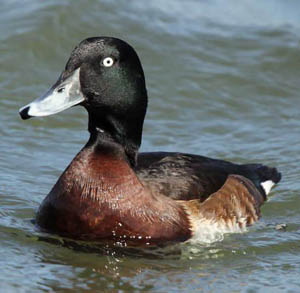
The blue-headed duck is a migratory bird. It migrates from the wintering grounds in the south to the north for breeding in mid-March every year; it starts to migrate to the south in mid-October in autumn, and a few migrate as late as early November. During migration, it gathers in small groups of mo...
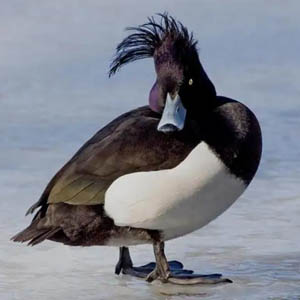
The Crested Pochard is a migratory bird. Every year in late March and early April, it migrates from its wintering grounds in the south to North China and southern Northeast China, and arrives at Changbai Mountain in the eastern part of Northeast China and Heilongjiang Province in the northern part o...
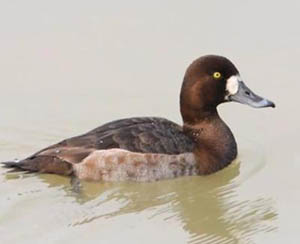
The Spotted Duck is a migratory bird. It begins to migrate to China for wintering in early October every autumn and leaves in early April to early May in spring. It moves in pairs during the breeding season and in groups during the non-breeding season. Sometimes it also moves in mixed groups with ot...
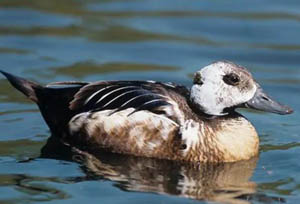
Little eider ducks like to live in groups. Except for the period of nesting and laying eggs, they live in groups almost all year round, especially during molting, migration and wintering, often in large groups of thousands or even tens of thousands. They fly fast and lightly, flap their wings quickl...
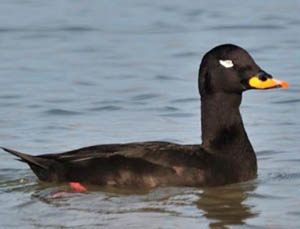
The Spotted-faced Muscovy is a medium-sized, dark, short, flat sea duck. It belongs to the diving duck family. It can dive underwater for considerable distances, up to 5 to 10 meters deep, sometimes even more. It likes to gather in groups, often flying in small groups, generally migrating short dist...
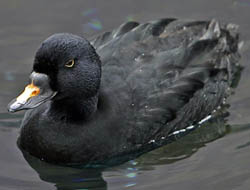
The Black Sea Muscovy Duck likes to gather in groups, and almost always moves in groups throughout the year. Sometimes males and females gather separately. Female birds usually winter further north. They often live on the water surface near the coast and islands, and are sometimes seen in inland fre...

Long-tailed ducks begin to migrate to their breeding grounds in early March. A small number of them are still seen in Dalian Bay, China in mid-March. In some places in the Far East, they continue to migrate northward until mid-May. They often migrate in small groups. When they first arrive at their...
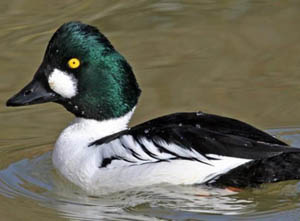
The magpie duck is a common wild duck in the eastern coastal areas and inland lakes and swamps of China. It is abundant in number. Since 1986, it has been found that it is common in the Songhua River and Yalu River in Jilin Province, the coast of Liaodong Peninsula in Liaoning Province and the lower...
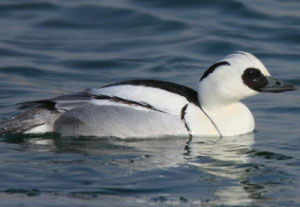
The white merganser, also known as the spotted-headed merganser or panda duck, is a water duck of the Anatidae family and the genus Aglajidae. The male bird has mainly black and white feathers, while the female bird has dark brown upper body and white lower body. It breeds in tree holes or swamp wat...

The Common Merganser is the largest and most widely distributed piscivorous Merganser. It forages by diving. It can dive for up to half a minute and forages during the day. It often swims on the calm lake surface while diving frequently to forage. It mainly feeds on small fish, but also preys on aqu...
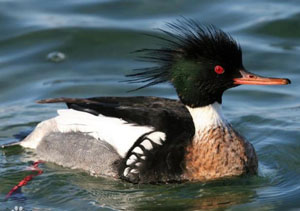
Red-breasted mergansers are medium-sized fish-eating ducks with long, thin, hooked beaks that prey on fish. The silky crest feathers are long and pointed. The breeding season of Red-breasted mergansers is from May to July. They usually form pairs during migration in late winter and spring, and some...

The white-headed hardtail duck is a very typical gregarious water duck. It breeds in Tianshan Mountain in Xinjiang and is occasionally seen in Honghu Lake in Hubei. It is a summer migratory bird in Xinjiang and an occasionally stray bird in Hubei. It mainly forages by diving, and often sticks its he...
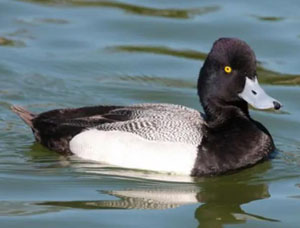
The Lesser Pochard is a migratory bird that forms a flock of 25-50 birds when migrating. Most of the wintering migration flight routes are through the central Mississippi, along Mexico and Florida to the Gulf Coast. Some go to Central America, the Caribbean and northern Colombia, and a few winter mi...
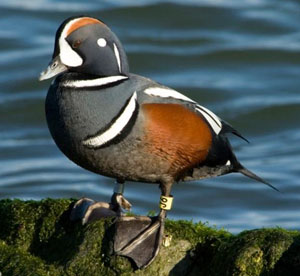
The ugly duck lives and inhabits streams, deep recesses between rocks and bushes, and tree holes. In spring, it migrates to the northern breeding grounds from May to early June, and in autumn, it migrates to the wintering grounds from mid-to-late September to mid-to-late October, often in small grou...
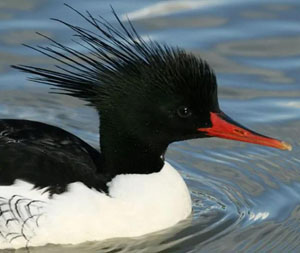
The Chinese merganser is a winter guest in Suzhou, China. In late autumn, it migrates from the north to the reed ponds in the Taihu Lake Basin to avoid the cold and overwinter. Usually, the Chinese merganser moves in a family manner and only gathers in large groups before migration. They merge with...
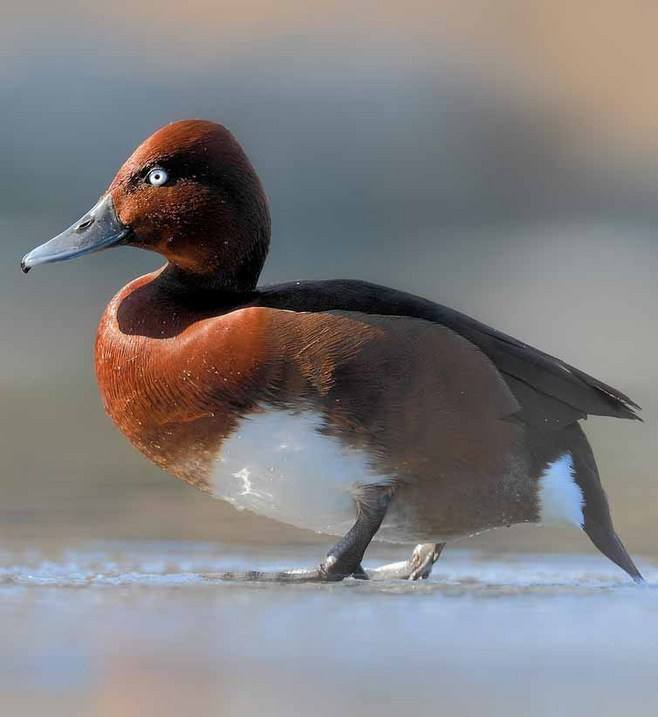
As a male white-eyed pochard, it is born with a pair of bean-sized white eyes, which are particularly prominent against the dark chestnut head. Therefore, whenever people see male white-eyed pochards, they are always "rolling their eyes", which gives people a sense of "looking at life...
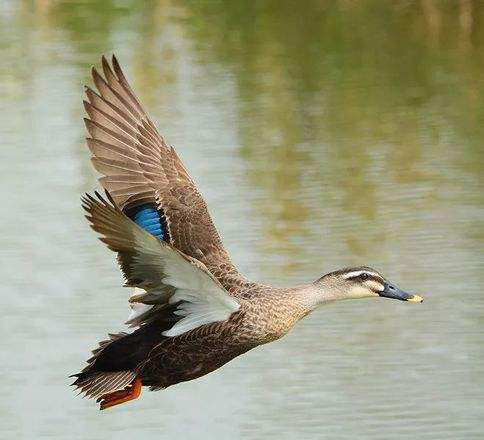
Spot-billed duck is also called valley duck, yellow-billed duck, and fire duck. Spot-billed duck is one of the ancestors of Chinese domestic ducks, and its wild population is relatively abundant.Spot-billed ducks build their nests in grass, bushes or bamboo bushes near waters. Grass stems, grass lea...
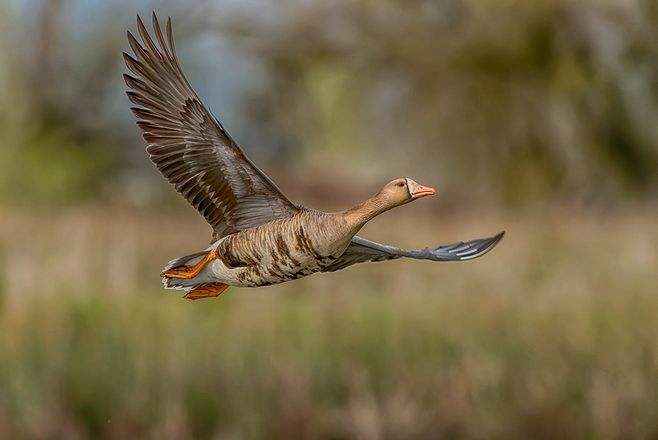
You can often see flocks of wild geese flying freely in the sky, sometimes in a straight line or in a V-shape.There are 5 subspecies of white-fronted geese in the world, and 2 subspecies are distributed in my country. Both are winter migratory birds. The nominate subspecies winters in western and so...
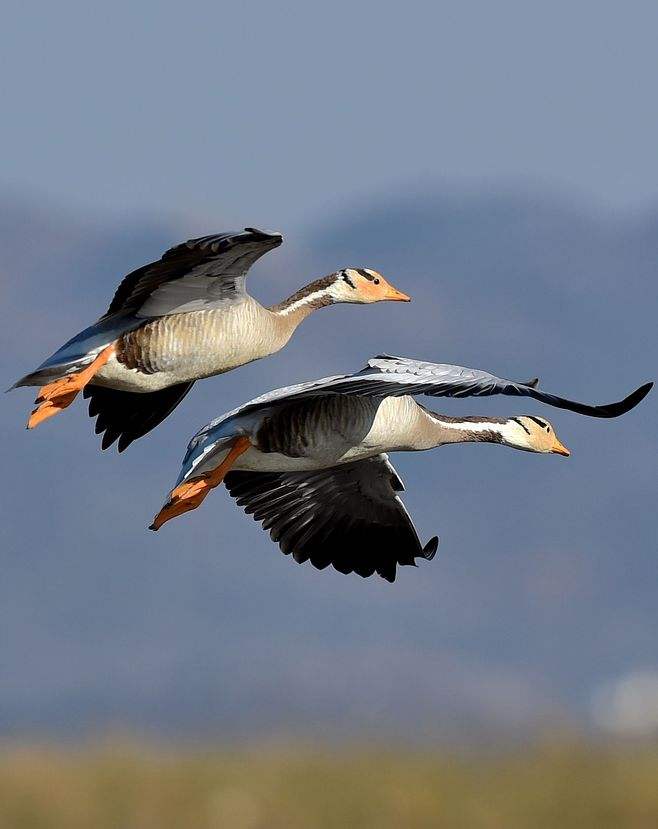
Bar-headed geese - they are the highest flying birds in the world. At an altitude of more than 9,000 meters, it only takes about eight hours to fly over the Himalayas.Incredibly, if the wind is favorable, they can complete a one-way flight of more than 1,600 kilometers in a few days. Its average fli...